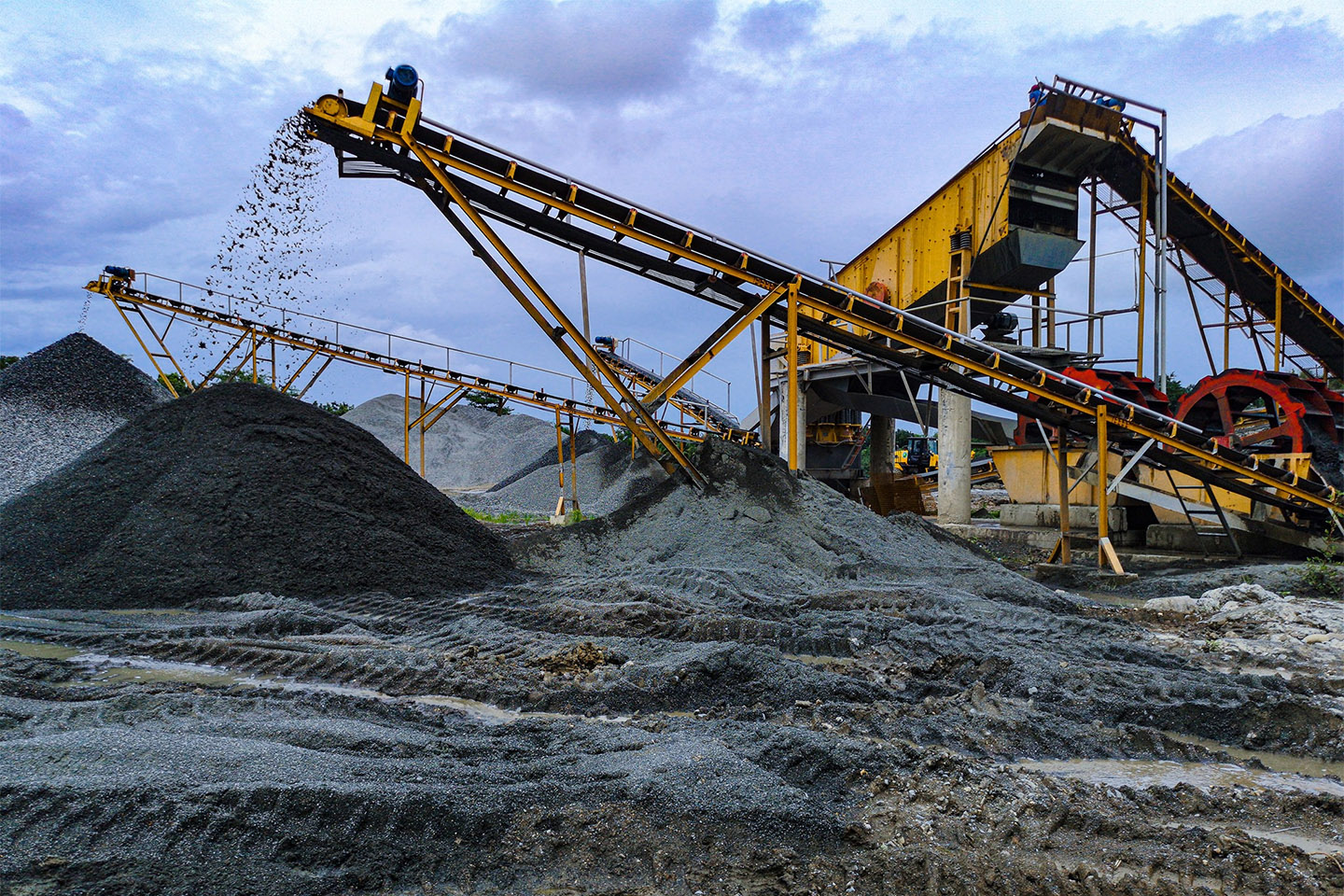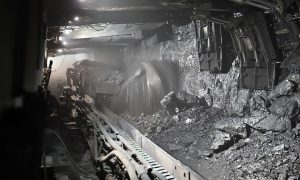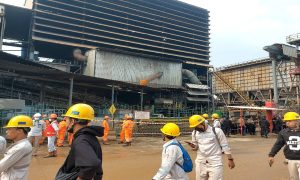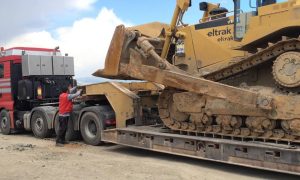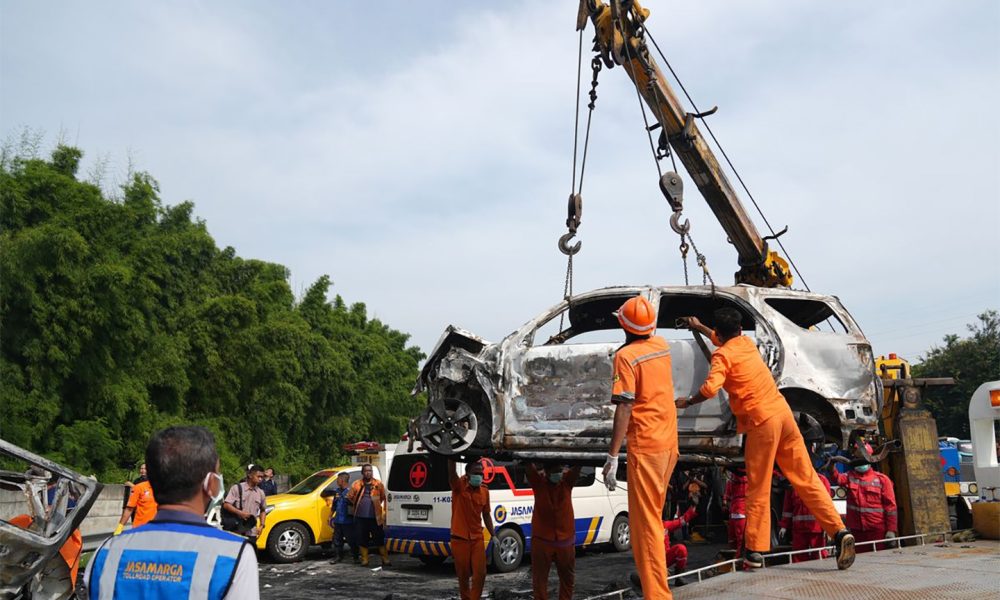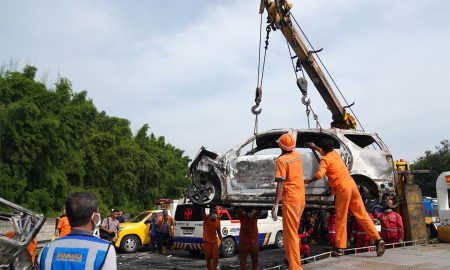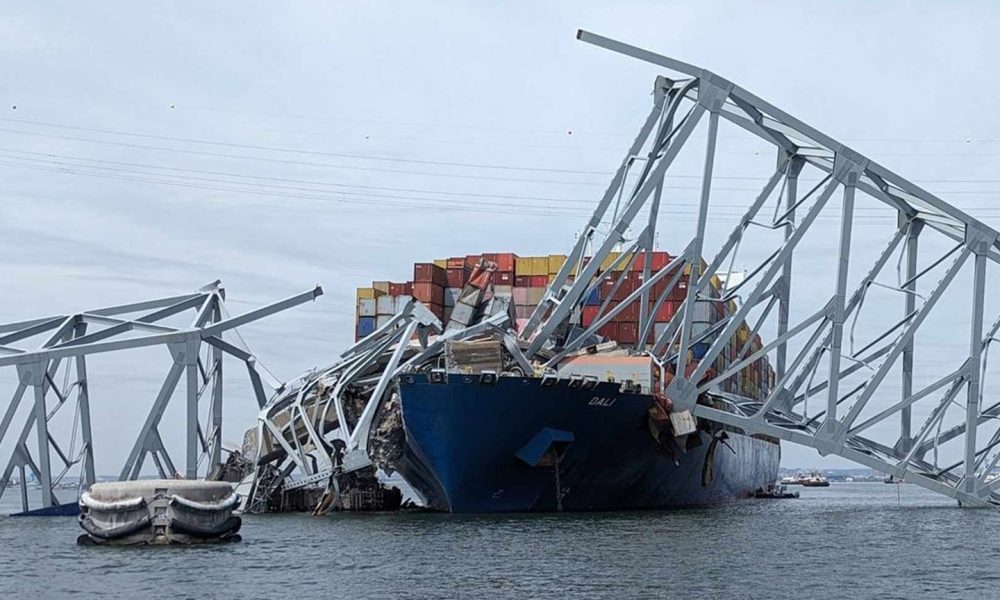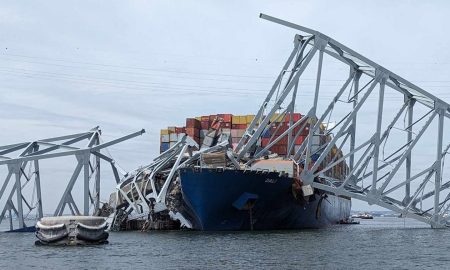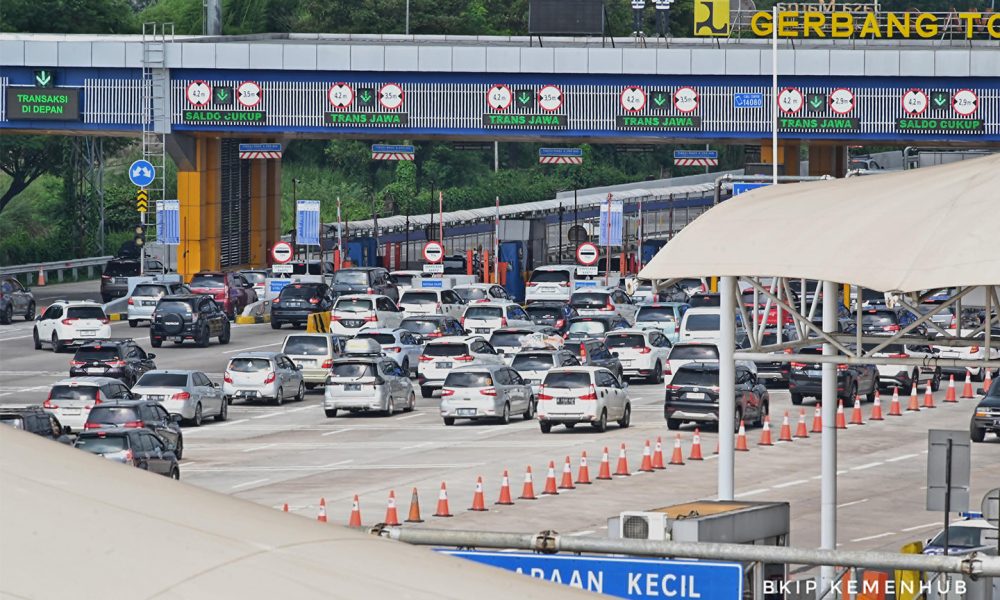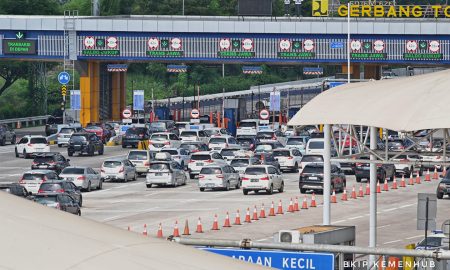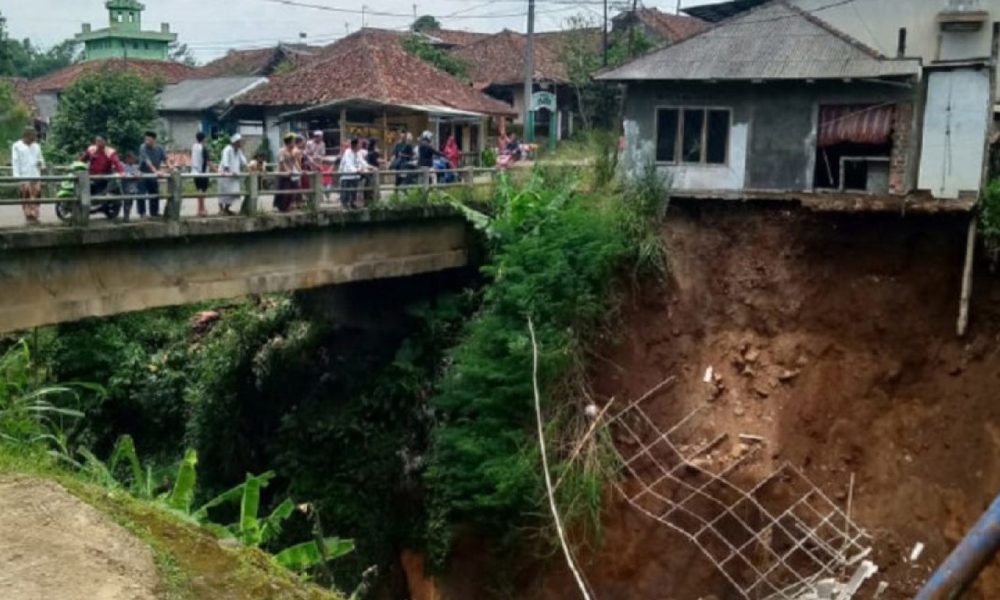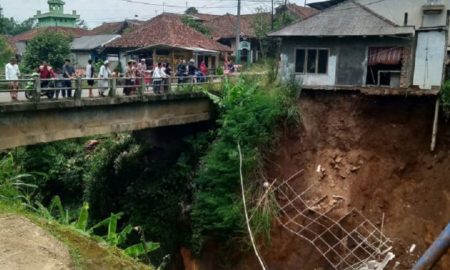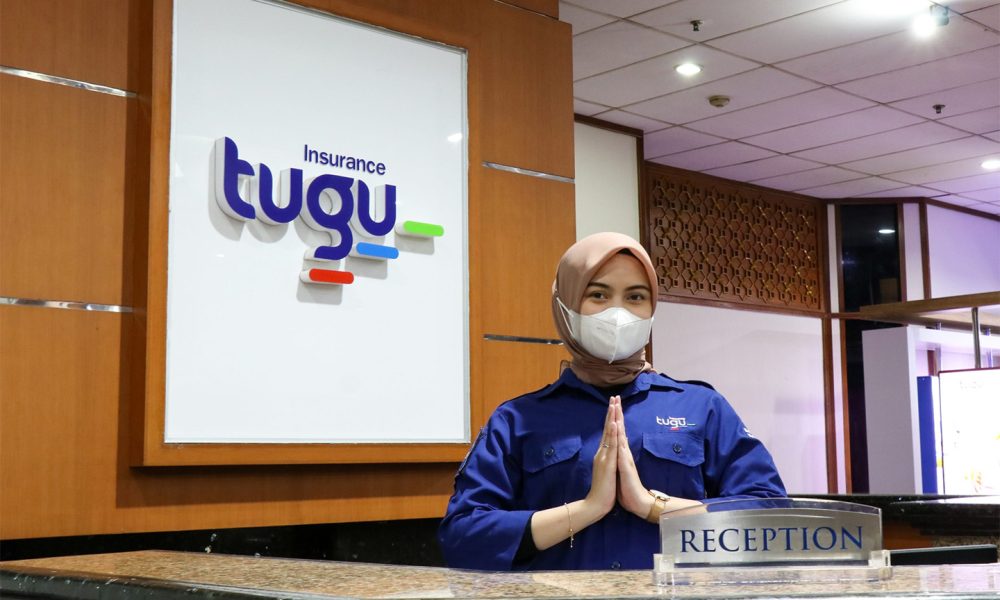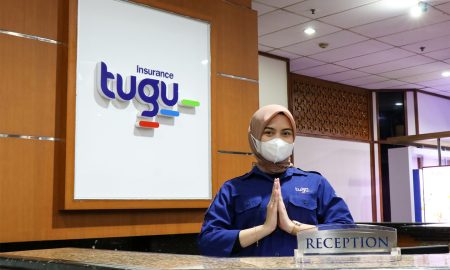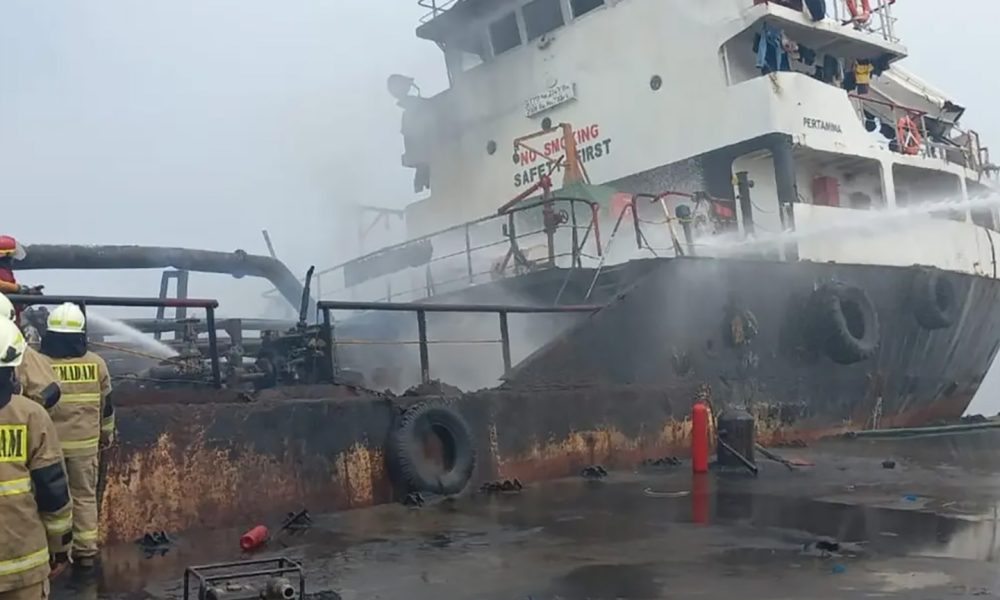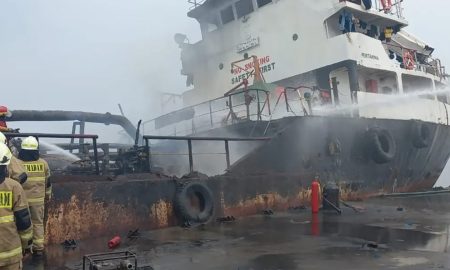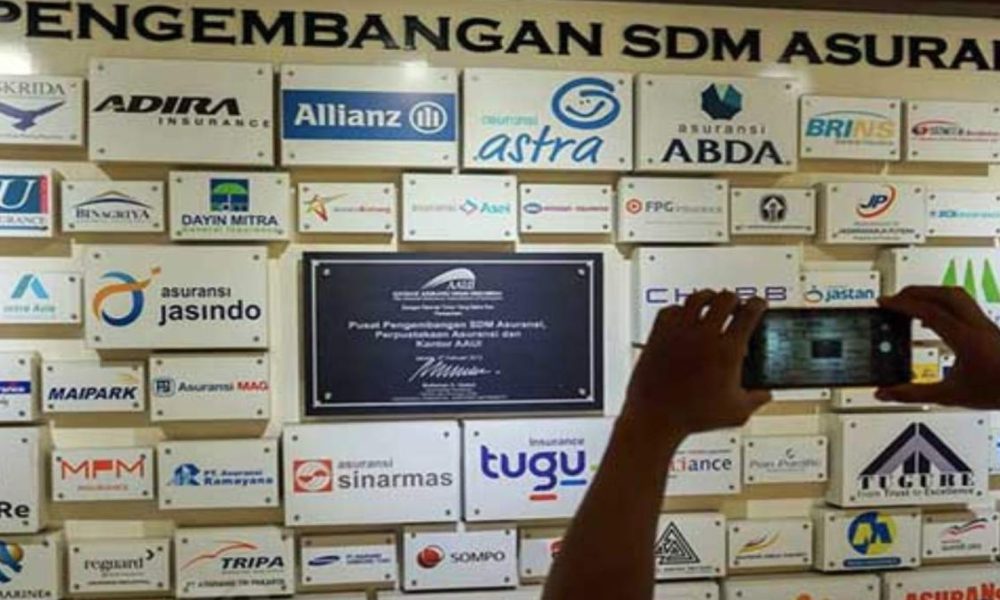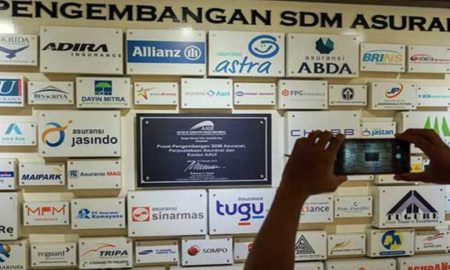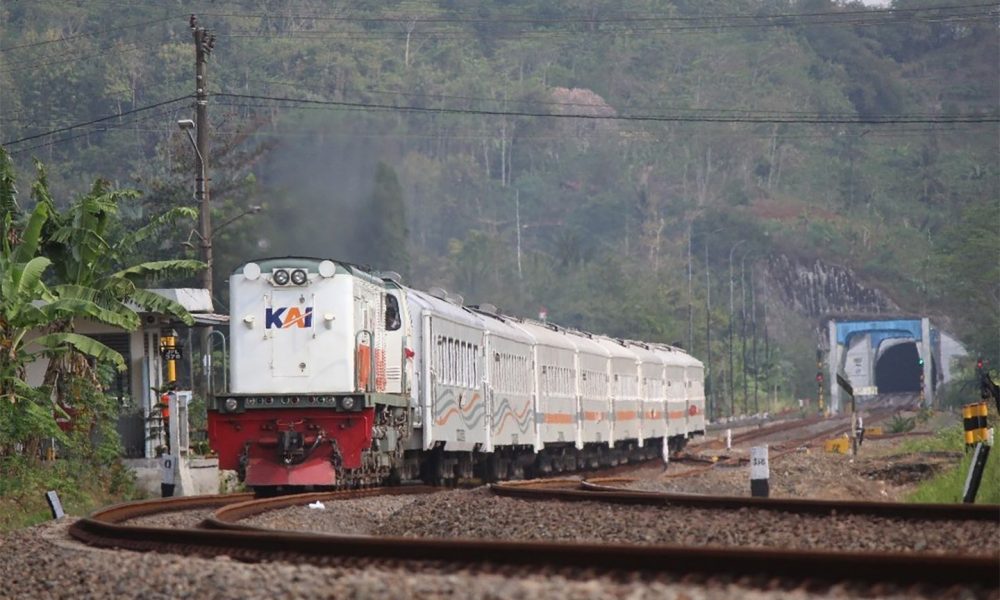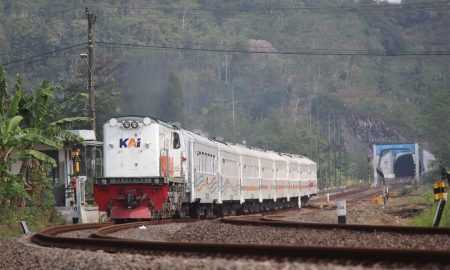Liga Asuransi – Dear readers, how are you? Let’s continue the discussion on risk management and insurance. This time we are still discussing the engineering risks, of coal crushing plants.
As you might know that Indonesia is one of the largest coal producers and exporters in the world. Since 2005, when it surpassed Australian production, Indonesia became the leading exporter of thermal coal.
The Ministry of Energy and Mineral Resources (ESDM) projects an increase in coal production of around 637 million tons–664 million tons in 2022.
The increase is referred to as an effort by the government to increase non-tax state revenue (PNBP) from the coal sector.
The government wants to increase state revenue because the government sees the most promising coal prices, the mining sector is considered the most expected in contributing to state revenue.
In line with the increase in coal production, there is also an increase in accidents that occurred in the coal industry, including in the crushing plant process.
For this reason, it needs efforts to overcome accidents through good risk management and adequate insurance management.
As a senior insurance broker with more than 30 years of experience, we would like to discuss risk management and insurance needs in the new stone mining industry.
We would like to share with you a risk analysis and insurance needs on the coal crushing plant, and main facilities in the coal mining industry.
We hope that the writing was useful for you. If you are interested in this article, please share it with your colleagues so that they also understand like you.
We extracted this article from several articles, the link from the source is at the very bottom of this article.
Understanding The Coal Crushing Machine
The coal mine is crushed and made ready for use in crushing plants, also known as coal crushing and screening plants. And it is brought to small sizes by the crushers in these facilities.
Generally, three types of crushers are used in crushing and screening plants. These are the Primary crusher, Secondary crusher, and Tertiary crusher. While three types of crushers are selected based on the properties of the desired product, coal crushing, and screening plants are divided into two classes according to their structures.
Mobile Crushing Plant
It is a plant that is used for crushing and processing hard ores and rock/coals but is built on a mobile body. The most important feature that distinguishes this facility from other crushing plants is its mobile structure.
Transportation, transportation, and installation costs are low compared to other facilities due to their portable designs. Mobile coal crushing plant can be transported easily with a single truck and provides cost advantage and convenience to companies in short-term or mobile projects.
Stationary Crushing Plant
Although it has the same function as the mobile crushing plant, the difference is that the stationary crushing plant is built on a fixed body. The advantage of this property leads the plant to produce higher performance and volume.
The stationary coal crushing and screening plant is designed to obtain materials with higher capacity, so it is the most preferred facility by companies that have been manufacturing in the same project area for a long time. In the long run, it provides important advantages to companies in terms of both cost and production performance.
Coal Processing
Coal processing is where raw coal from the mine is cleared using different physical processes, with or without any chemical reagents, to get a product that can be sold in the market or can be used for different purposes such as power generation.
Once the coal has been mined it needs to be processed. First, the coal goes to a preparation plant where it is washed or cleaned to remove contaminants. The cleaning removes impurities like rock/coal, ash, sulfur, and other substances.
A high amount of rock/coal and clay particles reduces the quality and heating value of coal and usually means a lower price for coal. Some coal is crushed and mixed with water and transported through pipelines.
Coal processing involves crushing, screening and beneficiation. Processing is where coal is converted from run-of-mine (ROM) coal to a product that meets the customer’s requirements.
Mined coal can include lumps. Crushing to a manageable size is required. Coal crushing can include a two-stage process, dependent on deposit size.
Coal is crushed in a feeder breaker, a chain conveyor that breaks the biggest lumps. Coal size is further reduced through a sizer. Screening is used to separate different sizes of crushed coal. In this process, coarse and fine coal is separated to accommodate specific markets and industrial usage. Screened coal is ideal for burning in horizontal kilns. Coarser coal is required by customers who burn coal in grate-fired applications.
During beneficiation, coal is processed to remove impurities, reducing ash and Sulphur, thereby improving the market value of the coal. Beneficiation can improve the quality of contaminated coal that would otherwise be wasted.
Most cleaning processes involve washing coal to separate coal particles from coal particles. Coal can be charred, a process wherein hydrogen and oxygen are removed from coal to make it a purer form of carbon.
What causes the damage and accident in coal crushing plants?
For your information that coal crushers are complex machines. When they fail, it’s often due to one of three relatively simple principles:
- Crushers fail because they’re being used in the wrong application.
If a crusher is used in a way it shouldn’t be, it is more likely to fail.
There are two ways this happens.
The first is that rock/coal crushers are intentionally used to crush material they aren’t equipped to process.
Typically, this means attempting to crush material that’s too big at too large a rate of reduction – skipping a necessary secondary or tertiary crusher and going for throughput that is too small.
If the material is too large for a given crusher, then it will be harmful to the crusher to process. Running a machine in this way for any extended period will cause damage that will make failure more likely.
The second way this happens is that crushers are forced to process too much uncrushable material. This is particularly common for cone crushers. For example, if a quarry isn’t clean and yields too much clay, crusher performance can suffer, and failure may eventually result.
- Crushers fail because maintenance is neglected.
A second common reason that crushers fail is that they go too long without needed maintenance.
Crushers are complex machines – and just like any complex machine, they require regular care. Every crusher part requires maintenance to continue functioning optimally.
There are many ways that maintenance failure can lead to crusher failure:
- Breathers aren’t cleaned often enough. If breathers get clogged, the crusher will pull in dust and degrade quickly.
- Build-up underneath the machine isn’t taken care of. Eventually, material may wear down the counterweight guard and then the machine itself will bring down a crusher.
- Lubricants aren’t changed at the right intervals. This, too, will cause the machine to wear down and eventually fail. Proper lubricant system maintenance is essential.
- Wear liners aren’t replaced in time. This can result in material wearing through the base metal of the crusher itself.
There are many other components that can cause failure if maintenance is neglected; the key point is to perform maintenance at regular intervals according to specifications for every component.
The right daily, weekly, bi-weekly, monthly, and annual maintenance routines, if followed properly, will greatly decrease the risk of unexpected failure.
- Crushers fail because manufacturers’ recommendations aren’t followed.
Most crusher failures can be classified as negligence of manufacturer recommendations.
Most of the damage in the industry is primarily self-inflicted.
There are many ways that this plays out. For instance, failure might happen due to something as simple as not having the lubrication system set up correctly.
Some operations might not move oil coolers far enough away from dust, leading to damaging oil temperatures. Some may not use the correct feed size.
Sometimes, the failure to adhere to manufacturers’ recommendations is simply the result of trying to cut corners. Installation crews may be incentivized to do quick work (especially if they aren’t the ones who will be operating the equipment). A good setup is crucial.
Other times, misalignment with manufacturers’ recommendations happen when older machines are replaced with newer machines.
Operations aren’t changed to meet the new machines’ requirements, and damages result. This is understandable (it’s hard to change something when you’ve done it another way for 20 years), but it’s also costly.
New machines:
Incorporate different technology. A lot of new crushing equipment includes vibration monitors that are placed on different areas of the crusher to give alerts during operation. If they aren’t configured correctly, operators won’t be notified when adjustments are needed.
At any crushing plant, it’s important to gather all the information you can about your machines and their requirements. This means reading and adhering to all manufacturing manuals.
If you stick to using and caring for your machines according to requirements, they’ll be far less likely to fail.
The accidents of Crushing Plants
The potential danger when starting this crusher engine is very high, this is because the crusher panel cabinet is not equipped with mica insulators inside. This is very likely for workers to be electrocuted if any cable is detached from the protective rubber and attached to the crusher panel cabinet.
If this happens, the worker will be stung by a high-voltage electric current, this allows for work accidents with the fatality category.
In installations are used various equipment contains hazards. If not used properly and not equipped with protection and safety, the equipment can cause various kinds of hazards such as fire, electric shock, explosion, or injury.
For this equipment to be safe to use, it must be given safety in accordance with regulations in the field of occupational safety. For complex equipment, it is necessary to provide instructions for its operation.
The Risks Analysis of Crushing Plant
- Crushed and pinched by the engine cover, peyote engine cover Put the engine cover on the machine body support
- Aftermath of a generator starting and being stung by an electric current
- Excavators up and down front loading hit workers and other units
- Coal loading into hoper Bucket hit hopper crusher
- Coal crushing plants are exposed to coal particulates
- Burning crusher machine
- Coal stockpiling using other loader hits other units
- Unloading coal to ROM, Falling and stockpiling coal material
Type of insurance is needed for Coal Crushing Plant
- Industrial All Risks and Business Interruption – protecting all physical assets of the plant including structure, machinery, stocks, and all properties on the plant site.
- Machinery Breakdown and Business Interruption – protecting the mechanical and electrical components of the plant from breakdown risks due to operation.
- Public Liability Insurance – protecting the company from any legal liability raised by a third party because of the wrongdoing, failure of the operation, and negligence of the company.
- Workmen’s compensation Assurance protects the employees and workers due to work-related accidents.
Why for insurance for a coal crushing plant you must use the services of an Insurance Broker?
Coal crushing plant operation is not easy because of the high risk. Not many insurance companies are willing to provide guarantees.
In addition, it requires extensive insurance knowledge and experience in engineering insurance and knowledge of engineering risks so that insurance coverage is maximized.
The best way to ensure the crushing plant is to always use the services of an authorized insurance broker company registered with the Financial Services Authority (OJK).
Insurance brokers design insurance programs that best suit your asset’s risk conditions. Find an insurance company that can cover risks such as your project at competitive premium rates.
An important benefit of using the services of an insurance broker company is that you will get help in resolving claims for free. The insurance broker also acts as your advocate for the settlement of insurance claims.
One of the insurance brokers companies with extensive experience in the field of construction insurance in Indonesia is L&G Insurance Broker.
For all your project insurance needs contact L&G now!
Source:
- https://fabo.com.tr/en/coal-crusher-machine/#:~:text=Coal%20mine%20is%20crushed%20and,in%20crushing%20and%20screening%20plants.
- https://www.rpmsolve.com/coal-processing
—
Looking for Insurance Products? Don’t Waste Your Time and Contact Us Right Now
L&G HOTLINE 24 HOURS: 0811-8507-773 (Call – Whatsapp – SMS)
website: lngrisk.co.id
E-mail: customer.support@lngrisk.co.id
—



